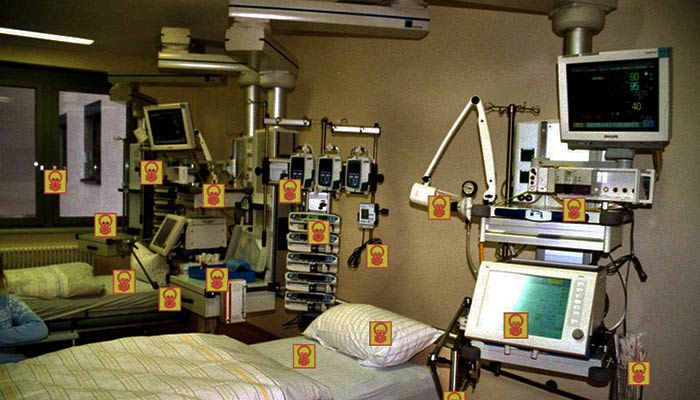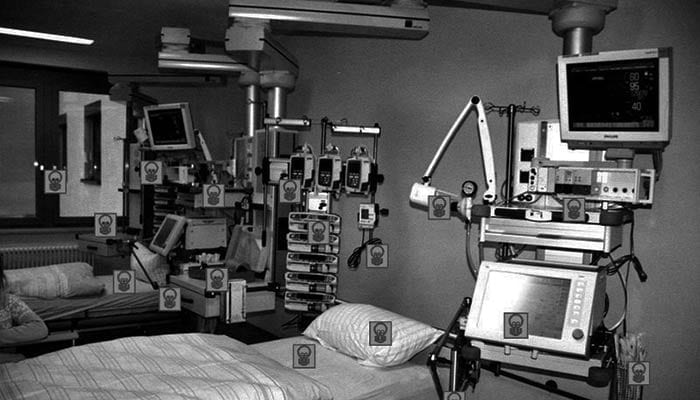
Severe gaps in staffing and outdated coverage benchmarks point to an urgent need for evaluating and updating standards for infection preventionist (IP) staffing levels, according to two new studies that explored infection prevention and control resourcing across a variety of healthcare settings.
The studies were published in the American Journal of Infection Control (AJIC), the journal of the Association for Professionals in Infection Control and Epidemiology (APIC).
A comprehensive staffing and coverage assessment conducted at Providence Health & Services, a large nonprofit healthcare system, revealed that actual IP labor needs were 31 to 66 percent higher than the current benchmarks system wide.
The Providence study was conducted for all physical locations within the system that required IP oversight, including 34 critical access, community, and tertiary hospitals; one rehabilitation hospital; 13 in-home care programs; 13 long-term care facilities; and 583 ambulatory locations.
After aggregating system-wide needs, the assessment team concluded the new benchmark should be 1.0 IP full-time equivalent (FTE) per 69 beds, indicating a greater IP need than the previously accepted standard of 0.5-1.0 FTE per 100 beds. The new benchmark considers IP oversight for all physical locations including ambulatory, long-term care, and home care settings.
“The study shows how important it is to conduct thorough needs assessments before determining staffing models for any given organization,” said Rebecca Bartles, MPH, CIC, FAPIC, Providence St Joseph Health System, Renton, WA, USA, the study’s lead author. “While a one-size-fits-all model can’t necessarily account for differences across systems, there would be immense value in large healthcare systems pooling together quantitative needs assessment data for analysis.”
The results also revealed that the actual percentage of time IPs spent conducting surveillance activities took an average of 51 percent of current working hours. All IPs interviewed agreed that although most of their time was spent on surveillance and reporting, the most valuable use of their time is conducting environmental rounding and engaging in caregiver education activities.
A second study, analyzing infection prevention staffing and resources in US acute care hospitals based on results from the 2015 APIC MegaSurvey, exposed similar gaps. The article, by Monika Pogorzelska-Maziarz, PhD, MPH, CIC, FAPIC, Thomas Jefferson University, Jefferson College of Nursing, Philadelphia, PA, USA, and colleagues, drawing from 1,623 survey respondents, provided a snapshot of IP staffing and resources in acute care hospitals, finding important differences between small and large facilities.
Among the APIC MegaSurvey’s findings:
- The way in which IPs spent their time differed between those that were employed by larger vs. smaller hospitals. IPs working in smaller hospitals spent a significantly smaller proportion of their time on surveillance and prevention and control of healthcare associated infection (HAI) transmission, and a larger proportion of their time on employee and occupational health, along with education and research. The way in which IPs spent their time in smaller hospitals potentially reflects the additional responsibilities they may have in addition to infection control.
- Overall median IP staffing was 1.25 IPs per 100 inpatient census.
- Responses echoed results from other published studies, finding that few IPs had data management or secretarial support, particularly in smaller hospitals. Being able to delegate administrative tasks frees the IP to spend more time on infection prevention-related work.
“The relationship between IP staffing and rates of HAIs has been documented,” said Dr. Pogorzelska-Maziarz. “This study sheds light on the fact that individual organizations should conduct routine assessments to ensure IP staffing is matching the demands of the facility, and it demonstrates the need for information-sharing among organizations.”
Both studies support the view that IP staffing recommendations should be based on the care and services provided by a healthcare institution, rather than on a single ratio, which may not be appropriate for all models.
“As the responsibilities of infection prevention and control departments have grown, and the settings of care requiring IP services have expanded, many IPs find that they lack time to conduct activities that will have the most impact on preventing healthcare-associated infections, such as interacting with frontline teams in patient care areas,” said 2018 APIC President Janet Haas, PhD, RN, CIC, FSHEA, FAPIC. “These studies demonstrate the critical need to reevaluate staffing models to ensure that the demand for IP services is being adequately met so that we can effectively protect patients from infections.”
Source: Association for Professionals in Infection Control and Epidemiology (APIC), adapted.



